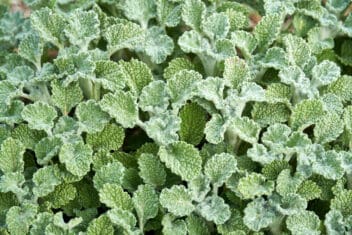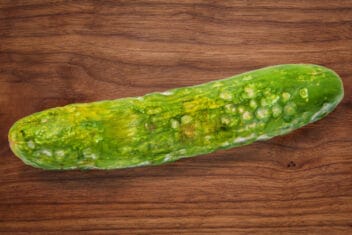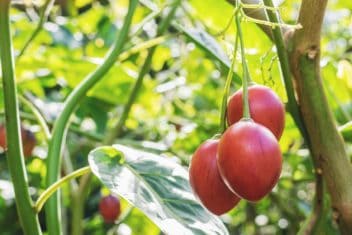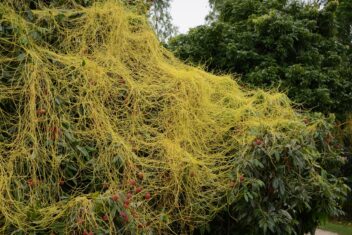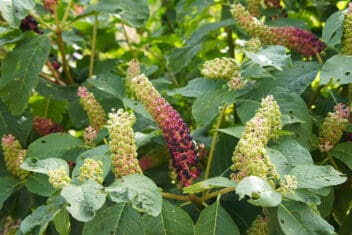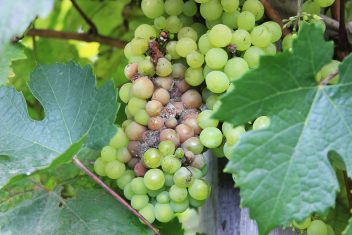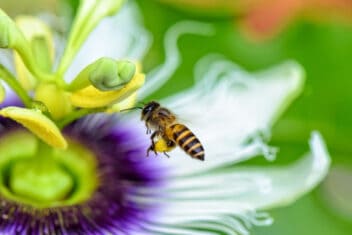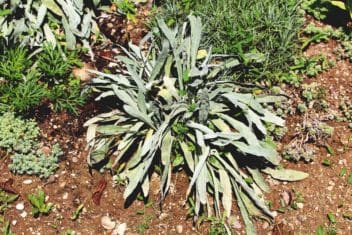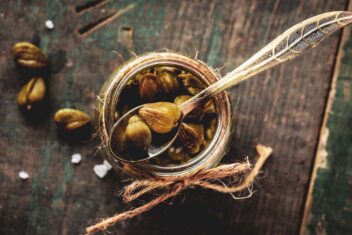Pepper plants are one of the most popular veggies in home gardens, partially because they can survive a lot of conditions. That doesn’t mean that they’re immune to problems. One issue you’ll often encounter is yellow leaves on your pepper plants.
Clearly, yellow leaves are a problem; it’s an indication that something is wrong and you need to figure it out pronto.
While it’s frustrating, it may be fixable. Let’s take a look at the reasons why yellow leaves happen and what you can do about it.
6 Reasons for Yellow Leaves on Pepper Plants
Yellow pepper leaves are a common problem and even experienced gardeners have it happen sometimes.
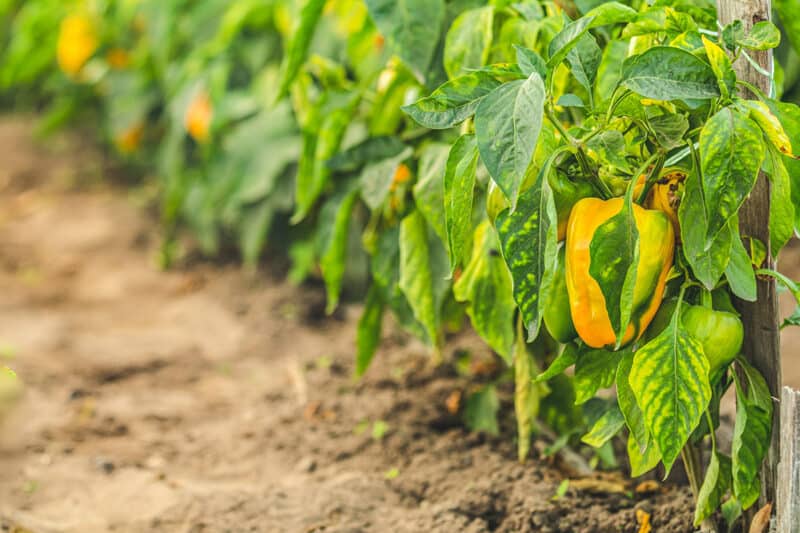
No one wants yellow leaves on their peppers, but if you find yourself with this issue, check your plants carefully to look for details to help figure out the cause.
Water stress and nutrient deficiencies are usually the main cause, so think about your watering schedule. You also need to remember that yellow leaves stay yellow. Keep your focus on creating new green growth!
Typically if you see yellow leaves, its one of the following six things. Your challenge is to figure out which it is and to get working on a solution, if possible.
1. Water Stress
Without a doubt, the most common reason for yellowing leaves on a pepper plant is overwatering, not underwatering.
As you might know, pepper plants love the heat and dry conditions. They handle being dried out better than most plants. If they end up dehydrated, the leaves simply start to wilt, and a quick watering will perk them back up again.
Water stress is caused by inconsistent watering and results in yellow leaves along with reduced pepper production and stunted growth.
Most people know that underwatering is a problem – all plants need water! What a lot of people don’t know is that overwatering is just as problematic.
If you water too much or too little, it causes stress, so the best thing to do is being consistent with your watering. Each day, you need to check to be sure the soil is moist but not wet.
If you’re growing pepper plants in containers, consistent watering is crucial, along with picking a container that has plenty of drainage holes. Pepper plants don’t like waterlogged roots.
How Do You Fix Water Stress?
The answer to this problem is actually quite simple! Check your plants each day.
Put your finger into the soil to determine its moisture content. If the soil is moist two inches down, don’t water that day, and if it’s not moist, it’s time to water!
If you feel as if you’re not capable of determining yourself, you can buy a water meter to check the amount of water in your soil.
2. Lack of Nitrogen
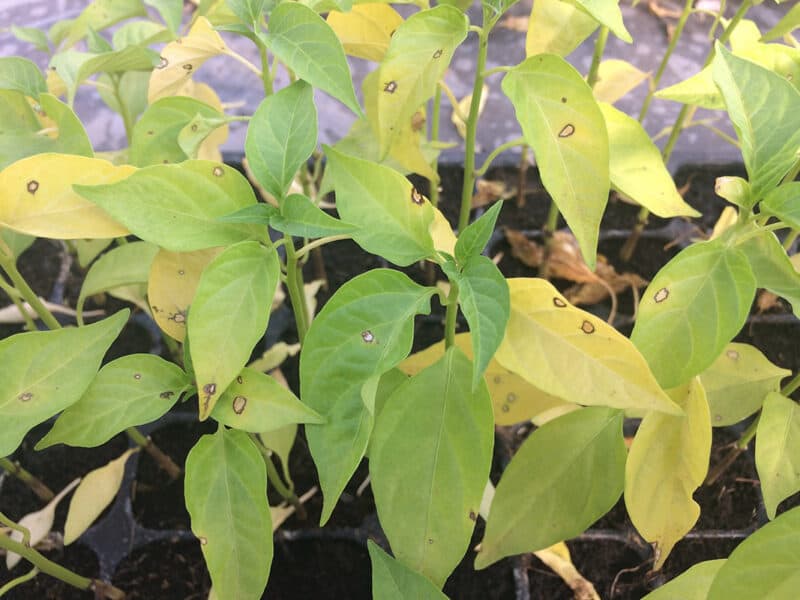
Nitrogen is one of the key nutrients required for plant growth. If your soil lacks nitrogen, your plants will be unable to grow to their maximum potential, and they won’t have the lush, green leaves that you hoped. One common sign of a nitrogen deficiency is yellowing leaves.
The hardest part is figuring out if nitrogen is really the culprit. Our plants can’t tell us, so we are left to do the investigative work.
One way you can figure out if a nitrogen deficiency is your problem is if the yellow leaves begin at the bottom of your plant, slowly moving upwards. It does this because nitrogen is called a mobile nutrient, which means it travels over time from one part of your plant to the next.
If your plant lacks nitrogen, it will move what’s left of the nutrients into the newer leaves at the top of the plant, leaving the old ones to turn yellow. Eventually, those leaves will fall off of your plant entirely.
You can also do a soil test to figure out if your soil is lacking.
Can You Fix a Nitrogen Deficiency?
You sure can, but fixing the problem won’t turn the yellow leaves green again. Those are a lost cause, but you can prevent the other leaves on your plant from turning yellow as well.
The best course of action is to fertilize – seriously! Fertilizing your plants is a necessary step, but so many people forget about fertilizing after the plants are in the ground.
Feed your pepper plants every two weeks with a 5-5-5 fertilizer. This keeps your plants healthy throughout the growing season and stops pepper leaves from turning yellow.
3. Nutrient Deficiencies
We know that nitrogen is necessary, but your plant needs more than that to survive. Yellowing leaves could indicate a lack of an array of nutrients. Two other key elements needed for plant growth are magnesium and calcium, and a lack of either of these can cause pepper leaves to turn yellow.
A Calcium Deficiency
Calcium plays a vital part in the development and growth of your plants, in particular the development of the cellular walls. If your soil lacks calcium, your plant will have problems setting fruit and absorbing additional nutrients.
A calcium deficiency can be a serious problem because it limits the growth of your roots! While it’s not as common as a nitrogen deficiency, it is a possible reason for your yellowing leaves. You might also find curled leaves or brown spots on your leaves.
A Magnesium Deficiency
In most soil-based gardens, a magnesium deficiency isn’t a common problem, but that doesn’t mean it can’t happen. Magnesium is an essential element needed for growth.
Like a nitrogen deficiency, a magnesium problem starts at the bottom of the plant. You’ll be able to tell the difference because the veins in the leaves stay green while the rest of the leaf turns yellow.
It’s a unique look that’s hard to miss, and it’s called chlorosis. Finding chlorosis on your leaves means that a magnesium deficiency is surely your problem.
Dolomitic lime is an efficient way to add magnesium to the soil.
4. A Disease Could Be The Culprit
Another reason that you might have yellow leaves on your pepper plants is that your plants might be infected with a disease. A few diseases that could cause yellowing leaves include:
- Phytophthora blight
- Wilt
- Bacterial leaf spot
Typically a disease does more than just cause yellowing. There might be lesions on the leaves, brown spots, curled edges, or multiple problems on one plant.
Unfortunately, if a disease is your problem, you may not be able treat the diseases. Instead, your goal is to stop it from spreading to all of your plants.
That means you have to rip out those plants, and it truly can be disheartening, but it’s better than losing an entire garden bed of pepper (and perhaps other) plants.
Some things can be treated, however, so don’t lose hope. Do your research to sort out what you’re dealing with.
5. Pest Infestations
If you have a pest infestation, your plants might have yellow leaves. Inspecting your leaves closely can help you determine if pests are the problem.
A few pests that could cause yellowing leaves include:
- Flea beetles
- Mites
- Aphids
- White flies
- Psyllids
If the yellowing appears as a tiny dot pattern, it’s typically due to insects. Check at the top and underside of the leaves; pests such as aphids group together as a cluster on the bottom of the leaves.
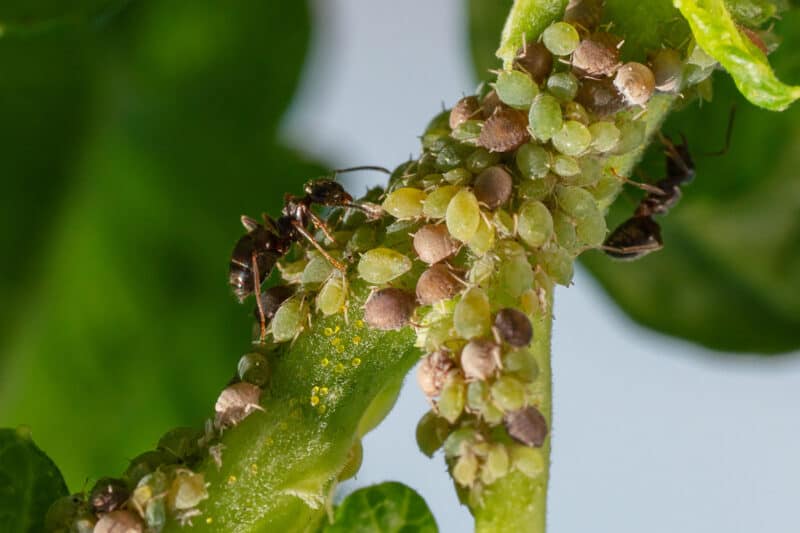
Fixing a pest infestation can be hard for organic gardeners because they can’t rely on chemical pesticides. You can often use neem oil or insectidial soap, which are safe choices that kills harmful pests and can be washed off with water.
6. Unfortunately, Yellow Leaves Stay Yellow
There’s a chance that none of these problems are the issue – then what?
You might have fixed the problem without realizing it. For example, you might have accidentally watered more or less for several weeks, but things got back on track. You might have had a nutrient deficiency, but added fertilizer fixed the problem.
Or, it could be another issue entirely. Too much or not enough sunlight, for instance.
Unfortunately, once the leaves on your pepper plant turn yellow, they stay yellow. Even if you fix the problem, you can fix the new growth, but the old growth cannot be fixed or changed. Those yellow leaves will still be there.
Since yellow leaves aren’t doing the necessary work to feed and strengthen your plant, trim them off. Then, watch for new growth to determine if your problem is gone.

